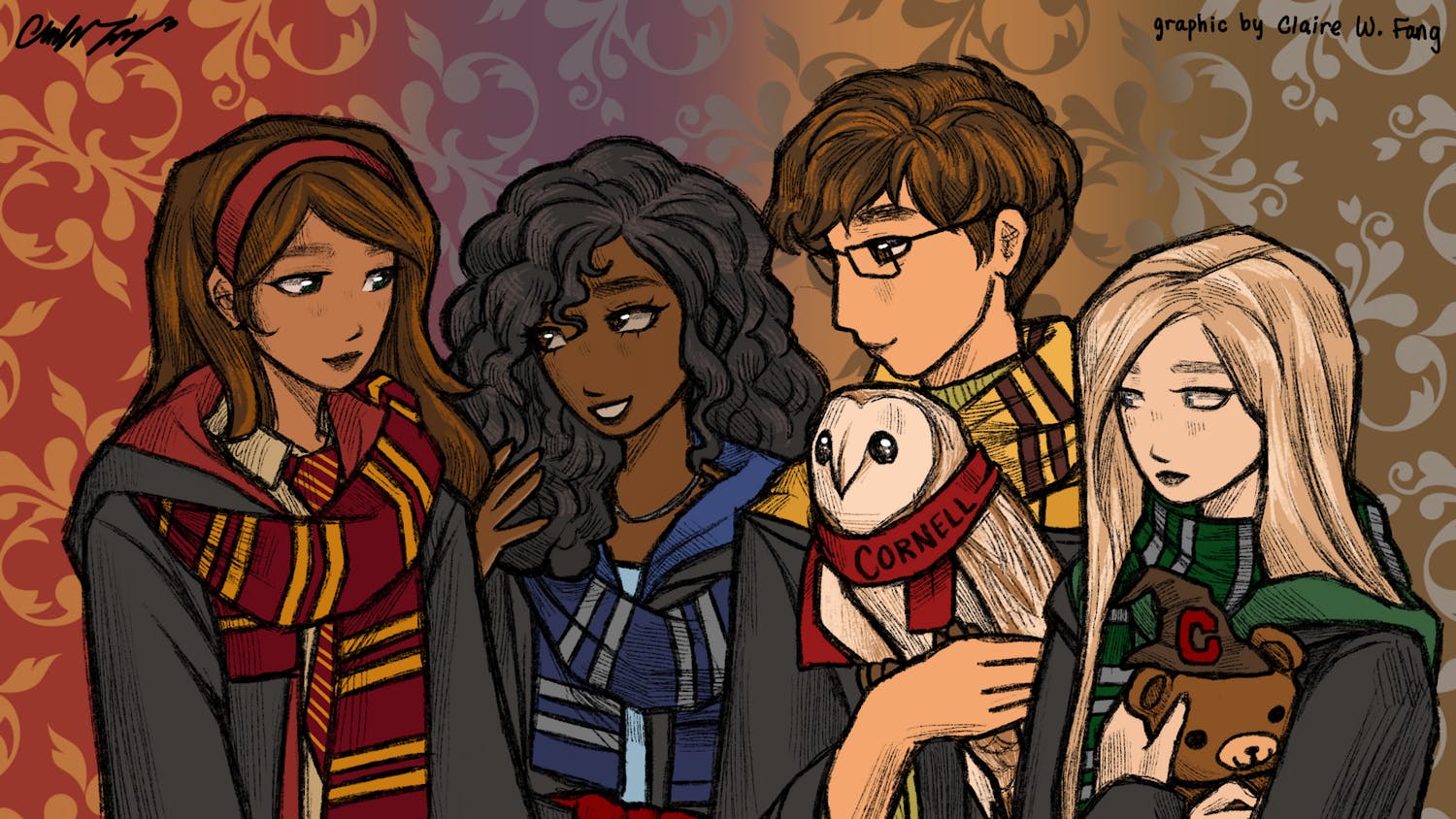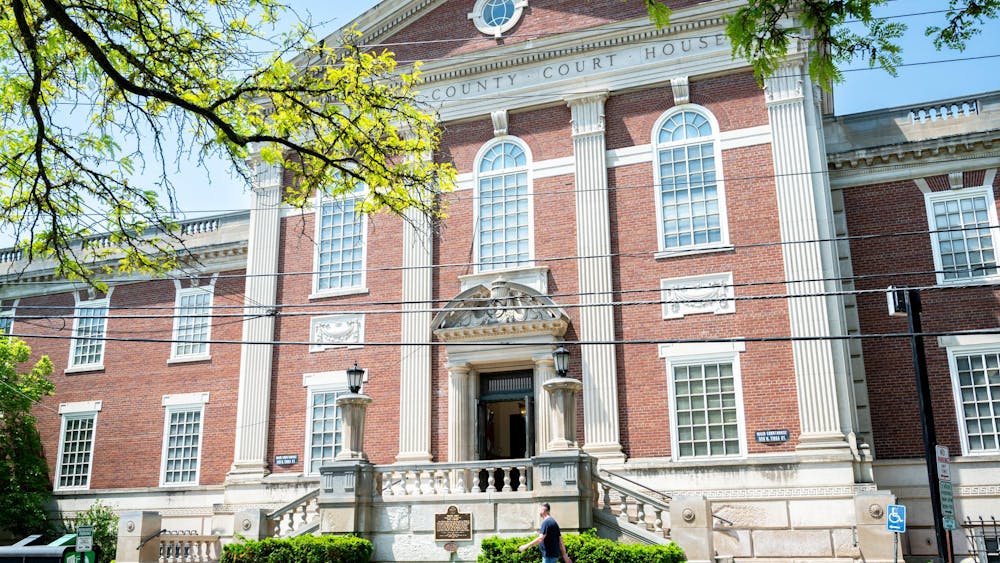From the over saturation of sports romance to formulaic book titles, recent years have led us to the homogenization of literature and it seems to be a vicious cycle. Certain conventions form the backbone of genres and characterize a form of literature for what it is, like the happily-ever-after-contract of romance — when you pick up a romance book, you’re generally expecting an optimistic ending that wraps up with a nice bow. However, it’s gotten to the point where many, if not most new releases, bleed into each other so thoroughly that it’s becoming a problem. A plague to both authors and readers alike.
When I talk about homogenization, I don’t have to look very far to explain it. Just think about the last time you walked into a bookstore: Was there a brightly colored shelf bursting with pink, lilac and yellow spines tucked by the back wall? Welcome to the romance shelf, one of the most easily-identifiable sections in most stores. Now pick out a book. Another. One from the very top, and another from the very bottom. Chances are, most of them feature a happy couple rendered in a cutesy, cartoon art-style or a title in a font that mimics handwriting. Just look at the covers of a few 2025 releases below and you’ll definitely catch a few motifs. Now, let’s turn to the “book blob,” as R.E. Hawley calls it, that the literary fiction shelf has become. Over in the fantasy section, I guarantee the covers will inevitably turn dark and gloomy. What’s more is that many of them will even have the same kind of title: A blank of blank and blank… Yes, really.
Of course, publishing trends are nothing new. I still remember the shirtless horror that was the romance section of yore, but now, trends have migrated from just covers to in between the pages, to that vital midsection of the book that is supposed to take you on ups, downs, plot twists and interesting character arcs that make the book worth reading. And yet today, even that is formulaic. Stories are losing their individuality in favor of reaching the mainstream market and selling the most copies possible.
If you look at how most books are being marketed online, it all goes back to tropes. You can think of tropes as the modern archetype, almost like stock scenes, characters and relationship dynamics that reoccur in literature: “Oh no! There’s only one bed!” (we all know where that’s going), “but she doesn't want to lead!” (guess who’s the face of the revolution in the sequel), “Mom? Is that you?” (yeah, they’re about to die).
Tropes have always been around as general story structures, but in the era of online marketing, they’re a punchy and easy way to advertise a book that’s becoming even more common than the good old synopsis. That also means they’re becoming more specific, more recognizable and that audiences are developing preferences for particular ones. Naturally, publishers respond to the demand and release similar stories. But, as an avid romance reader, there’s only so many variations of the cookie cutter hero who’s unreasonably tall, has dark curly hair, just the right number of tattoos and a secret heart of gold you can read about without it becoming boring. We’re living in a time where there’s a lack of original content because it's easier to market the stories that can easily fit into the neat boxes of tropes this cycle perpetuates. Take this “trope guide” posted by Elle Kennedy, best selling author.

Publishers and authors know that readers gravitate towards what they already like, here it’s a “tattooed gamer hero” and a “grumpy/sunshine” relationship dynamic, which results in the hyperproduction of the successful recipe being the only thing marketed to readers. It’s an endless loop that discourages originality because of the perception that innovation doesn’t sell as well as tried and true models.
And this strategy has been successful. The bookstore giant Barnes and Noble, after being on a decline for years, is set to open 60 new locations this year alone, getting more books in people’s hands. Anything that gets more people reading, more books hitting the shelves and more ideas circulating can’t be anything but good, yet this system we’re stuck in is limiting the benefits of their increased distribution. I, for one, am tired of looking for new books to read and only being presented with not-so subtle imitations of stories I’ve already read. I’m never sure of the quality of literature I’ll find within the covers of a book because in the back of my mind, there’s the nagging knowledge that it’s likely being made for massive consumption and not for the sake of art, of making something meaningful. I’m having reading fatigue, or as many readers put it: I’m in a reading slump of unprecedented magnitude.
The thing is, it’s not that there’s no original content out there, it’s just being overshadowed by the marketing giant that is the internet and social media algorithms. If you’re also in what feels like a never ending reading slump and looking to climb out of it, remember that we don’t have to reinvent the wheel of literature to solve this problem. With a little work and some digging you will always be able to find books that are worth the read, stories that you’ll hold dear to your heart for as long as it keeps beating. Bring it back to humanity, to real people with real opinions and not a fabricated one created by the internet. Books are about community, so I encourage you to find one of your own whether it be a book club or just a few friends chatting in your living room. I have friends whose recommendations I trust fiercely, and yes, there have been growing pains and it has taken trial, error and some DNFs (Did Not Finish), but valuable words are worth fighting for. And I’m sure that together, we can wade through this plague.
Rafaella Gonzalez is ajunior in the College of Arts and Sciences. She can be reached at rgonzalez@cornellsun.com.











